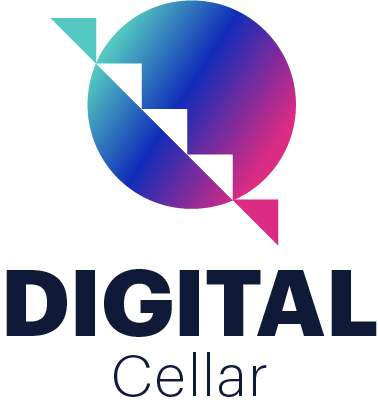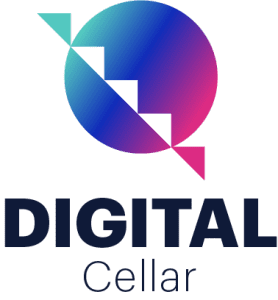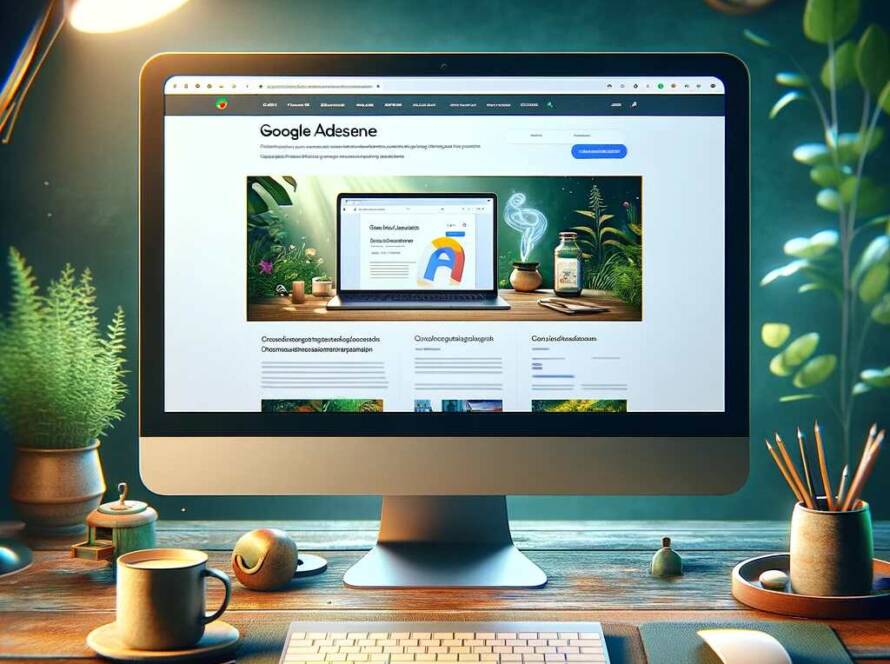What Is A Landing Page?
A landing page is a standalone web page created specifically for a marketing or advertising campaign. It is where a visitor “lands” after they click on a link in an email, or ads from Google, Bing, YouTube, Facebook, Instagram, Twitter, or similar places on the web. Unlike regular web pages, which typically have many goals and encourage exploration, landing pages are designed with a single focus or goal, known as a call to action (CTA). The primary goal is to gather information from visitors in return for a valuable offering, to create a better conversion rate.
Landing Page vs Homepage
Understanding the distinctions between a landing page and a homepage is essential for anyone delving into the digital marketing realm or managing a website. A landing page is crafted with a singular focus or call to action (CTA), such as signing up for a newsletter or purchasing a product. It serves as the targeted destination for users following a click on an ad or a marketing link, designed to convert visitors into leads or customers through a minimalist design that eliminates distractions, including the navigation bar.
In contrast, the homepage acts as the main entrance to a website, offering a broader overview of what the site provides. It caters to a general audience, ranging from first-time visitors to returning customers, and includes a navigation menu that allows exploration of the site’s various sections, like product categories and company information.
While landing pages are utilized in specific marketing campaigns to achieve a targeted conversion, homepages welcome all visitors, aiming to engage them at different interest levels. Essentially, the homepage introduces your brand and offers multiple pathways for exploration, whereas a landing page drives towards a specific action, reflecting the focused versus comprehensive purposes of these two pivotal elements of digital presence.
Why Landing Page Creates Better Conversion Rate?
Firstly, they provide focused messaging by eliminating distractions present on a website’s homepage, ensuring visitors receive a clear and targeted message. This clarity encourages users to take the desired action. Additionally, landing pages maintain relevance to ad campaigns, creating a seamless transition for users clicking on ads. The simplified user journey guides visitors through a streamlined process, making it intuitive and straightforward for them to complete the desired action.
Moreover, landing pages typically feature a single, compelling call-to-action (CTA), reducing decision fatigue for users. Personalization is another advantage, as landing pages can be tailored based on traffic sources or specific audience segments, enhancing relevance. With limited exit points, these pages keep visitors engaged and focused on the conversion goal. Marketers can leverage data-driven optimization through A/B testing, continually refining landing pages for improved conversion rates over time.
Furthermore, the reduced friction in form design, often a key element for lead generation, is achieved by incorporating minimal form fields. Landing pages also excel in communicating a clear value proposition, outlining the benefits of taking the desired action. In essence, the combination of these factors makes landing pages effective tools for increasing conversions in digital marketing efforts.
The combination of focused messaging, alignment with ad campaigns, simplified user journeys, personalized content, and ongoing optimization makes landing pages powerful tools for increasing conversions in digital marketing efforts.
Types of Landing Pages
Landing pages can be classified into several types, each serving a specific purpose in a digital marketing strategy. Understanding these types helps in crafting targeted campaigns that effectively convert visitors into leads or customers.
Lead Generation Landing Pages
These pages are designed to collect lead data, such as names and email addresses, from potential customers. They typically include a form along with a description of what you’ll get in return for submitting your information, like a free trial, an eBook, or a webinar registration. They’re great for building a contact list for email marketing campaigns.
Lead generation / leadgen landing page example:
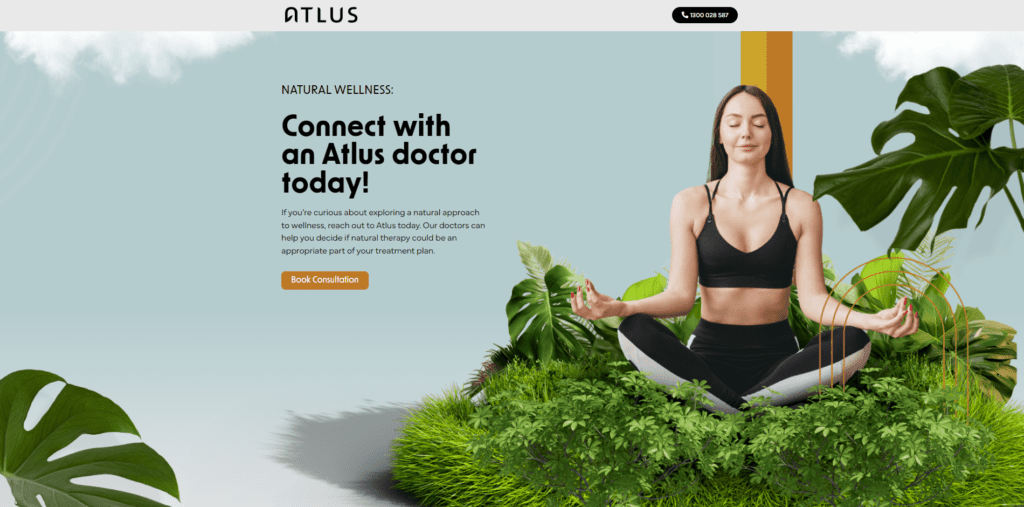
Click-Through Landing Pages
Click-through pages are used primarily in eCommerce and SaaS (Software as a Service) marketing campaigns. These pages aim to persuade the visitor to click through to another page, usually the shopping cart or checkout. They provide detailed information about the product or offer and highlight the benefits to encourage the user to proceed with the purchase.
Click through landing page example:
Step 1
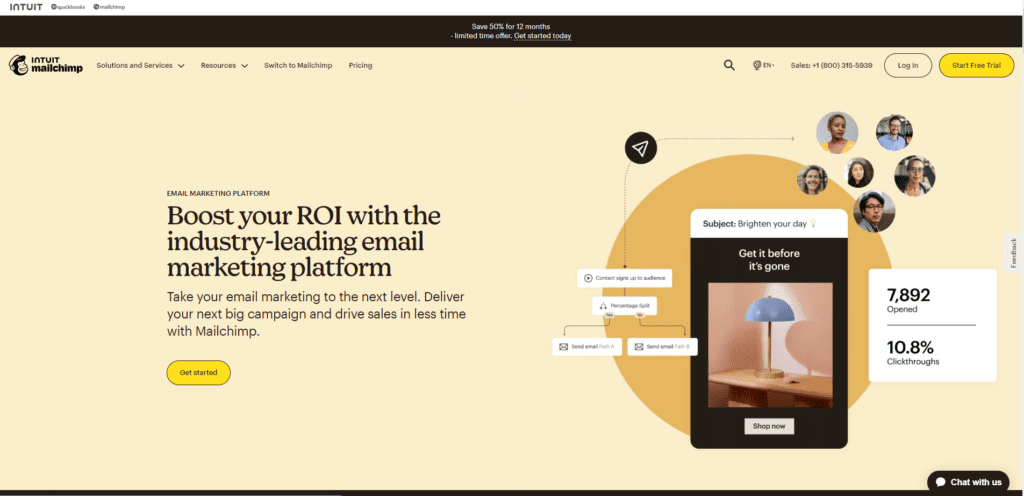
Step 2

Sales Landing Pages
These are designed with the direct goal of making a sale. They are often longer than other types of landing pages, providing comprehensive information about a product, including features, benefits, testimonials, and guarantees. The aim is to answer all potential questions a buyer might have, leading them to make a purchase decision.
Sales landing page example:

Squeeze Pages
Squeeze pages are a type of lead generation page with the sole purpose of capturing email addresses. They are typically very concise, with a clear headline, a brief description, and a single call to action. The offer needs to be compelling as there’s little room to provide detailed explanations or benefits.
Squeeze Pages example:
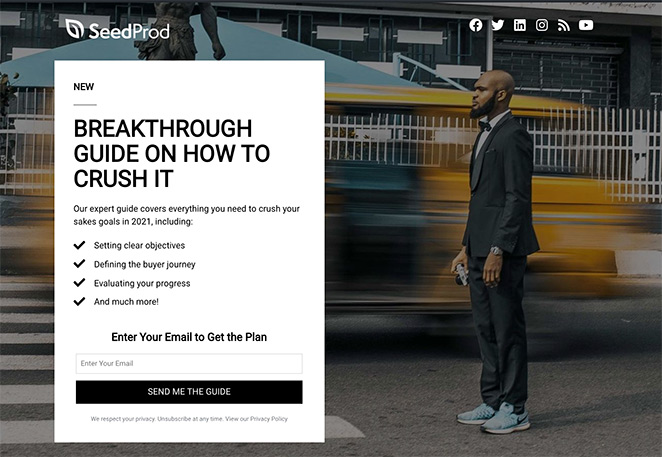
Splash Pages
Splash pages are introductory pages that precede the actual homepage or landing page. They are often used to promote a special offer, announce a new product, or ask visitors to choose a language or region. Unlike other landing pages, they may not always have a call to action related to lead capture or sales.
Splash Pages example:

Unsubscribe Landing Pages
Though not aimed at converting visitors, unsubscribe pages are an important type of landing page. They provide users with an option to opt out of email lists. A well-designed unsubscribe page can offer alternatives to leaving, such as adjusting email frequency, and can provide valuable feedback on why the user is opting out.
Each type of landing page serves a unique purpose in the customer journey, from attracting leads to closing sales. By understanding and implementing the right types of landing pages, you can more effectively guide visitors towards your desired action, enhancing your digital marketing efforts.
Benefits and Importance of a Landing Page
Improved Conversion Rates
Landing pages are tailored to a specific campaign or offer, with a clear call to action (CTA). This focus helps eliminate distractions and guides visitors toward conversion, whether that’s making a purchase, signing up for a newsletter, or downloading a resource.
Supports Marketing Campaigns
For any marketing campaign, be it paid advertising, email marketing, or social media, landing pages provide a destination for users to click through. They can be customised to match the campaign message, creating a cohesive user experience from ad to action.
Gathers Leads for Your Sales Funnel
Lead-generation landing pages are invaluable for collecting information from prospects. By offering something of value in exchange for contact details, businesses can build a database of leads to nurture through their sales funnel.
Provides Insight into Your Audience
Landing pages can offer insights into your audience’s behaviour and preferences. By analysing the performance of different landing pages, you can understand what resonates with your audience and refine your marketing strategies accordingly.
SEO Benefits
Well-optimized landing pages can rank for specific keywords, attracting organic traffic from search engines. This not only increases your visibility but also brings in more targeted traffic likely to convert.
Testing and Optimization
Landing pages are excellent tools for A/B testing. By creating different versions of a page, you can test various elements (like headlines, images, or CTAs) to see what performs best and continuously optimize your page for higher conversions.
Cost-Effectiveness
Compared to traditional advertising, landing pages offer a cost-effective way to target specific audience segments. They make your online advertising more efficient by delivering a higher return on investment (ROI).
Increases Credibility
A well-designed landing page can enhance the credibility of your brand. By providing valuable information, addressing customer pain points, and showcasing testimonials or trust signals, you can build trust with your audience.
Boosts Brand Awareness
Every time a visitor lands on your page, it’s an opportunity to expose them to your brand’s style, messaging, and value proposition. Even if they don’t convert right away, it increases the likelihood that they’ll think of your brand in the future.
How to Make a Great Landing Page?
Creating an effective landing page is key to converting visitors into leads or customers. Here are some tips and tricks to help you design the best landing page, even if you’re just starting:
- Have a Clear and Concise Headline
Your headline should grab attention and convey the value of what you’re offering. It’s the first thing visitors see, so make sure it’s compelling.
Example: “Transform Your Online Presence with Expert Digital Marketing” - Use a Persuasive Subheadline
Just below the headline, use a subheadline to further explain your offer or value proposition. This should provide more detail and encourage the visitor to keep reading.
Example: “Elevate your brand with our bespoke digital marketing strategies designed for success.” - Include an Engaging Visual
Images or videos that relate to your product or service can significantly increase engagement. Make sure they’re high quality and relevant to your message. - Highlight the Benefits, Not Just Features
Focus on how your product or service will improve the visitor’s life or solve their problems. The benefits should be clear and easy to understand.
Example: “Increase your website traffic, engage your audience, and boost your sales with our tailored SEO, content marketing, and social media services.” - Use Social Proof
Testimonials, reviews, or logos of well-known customers can build trust and credibility. Social proof shows potential customers that others have had success with your product or service. - Clear Call to Action (CTA)
Your CTA should stand out and tell visitors exactly what you want them to do, whether it’s “Sign Up,” “Download,” or “Buy Now.” Make sure it’s visible and placed prominently on the page.
Example: a prominent button saying “Get Your Free Consultation Today” positioned above the fold. - Keep the Form Simple
If your landing page includes a form, ask for only the essential information. The more fields you have, the less likely visitors are to complete it.
Example: a form asking for just the name, email, and business size, making it quick and easy to fill out. - Ensure Fast Loading Times
Your landing page should load quickly to reduce bounce rates. Optimize images and streamline your code to improve load times. - Make It Mobile-Friendly
A significant portion of web traffic comes from mobile devices, so ensure your landing page looks great and functions well on all screen sizes. It would be amazing if the landing page automatically adjusts to fit the screen of any device, ensuring a seamless experience for mobile users. - Test and Optimize
Use A/B testing to try out different elements of your landing page, such as headlines, CTAs, and images. Analyze performance data to see what works best and make continuous improvements. - Keep Navigation Minimal
Minimize distractions by limiting navigation options. Your landing page should focus on a single action, guiding visitors towards your CTA. - Use Clean, Organised Design
A cluttered page can be overwhelming. Use whitespace effectively to create a clean, organised layout that directs attention to the most important elements. Use whitespace effectively to create a visually appealing layout that guides visitors’ attention to key elements like the CTA and form.
By following these tips, you can create a landing page that not only looks great but also performs well in converting visitors into leads or customers. The key is to focus on clarity, simplicity, and providing value, ensuring a positive experience for your visitors.
Now that you’ve uncovered the secrets behind what makes a landing page not just good but great, it’s time to take your digital marketing to the next level. Whether you’re looking to convert visitors into loyal customers, gather leads, or simply boost your online presence, a well-crafted landing page is your golden ticket.
Don’t miss out on the opportunity to transform your digital strategy. Contact The Digital Cellar today, your expert partner in creating landing pages that truly convert. Let us help you craft that perfect landing page designed to meet your specific goals and watch as your digital marketing efforts soar to new heights. Reach out now and take the first step towards unlocking your brand’s potential.
This content was helped created by the use of AI (Artificial Intelligent) and thoroughly edited, fact-checked, and proofread by human to cater to audience
